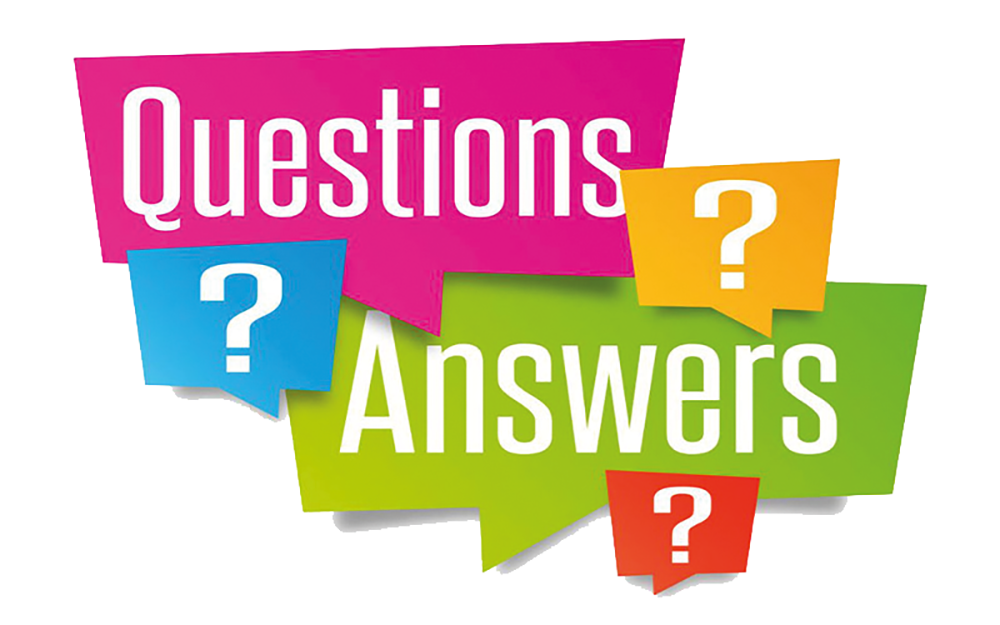Seizures are sudden surges of brain activity that can cause sudden, involuntary movements or sensations. Many times seizures cause a person to become unaware or unable to respond. We all need to know how to respond during this type of emergency to keep people with seizures safe.
The most pronounced seizure is a type of convulsion known as a generalized tonic-clonic seizure or a “grand mal.” During these episodes, the entire brain is affected and the person can undergo shaking and stiffening of the entire body (including both arms and legs). These seizures can put a person at great risk for injury. Such seizures may also be associated with urinary or fecal incontinence. The main goal for those assisting the person having the seizure is to keep that person safe until the seizure resolves itself or until help arrives.
The first step during a seizure is to clear the immediate area of anything that can cause injury. This includes moving away all sharp or hard objects. The next step is to loosen any tight clothing around the neck, such as a tie or collar. Once the person’s immediate space is cleared and clothing loosened, he should be turned onto his side. This is known as the recovery position. This position will help keep the person’s airway clear and avoid choking on secretions. A generalized seizure typically involves shaking of the head in addition to the rest of the body. Therefore, place something flat and soft, like a folded jacket, under the head to protect the person from injury. If possible, call for help. However, do not leave a person who is having a seizure unattended while you go get help.
There are several important points to remember when helping someone having a seizure. Do not put anything in a person’s mouth while he is having the seizure. Seizures will not cause a person to swallow his tongue, and since the victim may not have control over his own mouth during the episode, placing any object in a person’s mouth could lead to injury either to the victim or the first responder. Forcing a person’s mouth open with a tool or fingers is also dangerous for the same reason mentioned above.
Also, do not hold down a person to prevent him from shaking. Seizures cannot be suppressed by holding a person down and can also lead to injury to the first responder or the person having the seizure.
Mouth-to-mouth or other types of respiratory assistance are typically not needed during a seizure. There are rare instances when a person may stop breathing, however one should wait until a seizure has stopped and check for breathing before initiating artificial respiration.
When a seizure ends, the person may be disoriented as consciousness returns. It is important to treat the person respectfully in a reassuring manner. If the person seems confused and cannot orient himself, call a friend or family member who can take him home. Do not leave him alone unless he has returned to his baseline or is in the company of someone who knows him and can care for him.
Disclaimer: The information contained in this article is for information purposes only.
Dr. Eric BJ Ségal is a pediatric neurologist specializing in epilepsy in children. In addition to medication and surgical management, Dr. Ségal is the co-Director for the Special Diets for Epilepsy Program at the the Northeast Regional Epilepsy Group in Hackensack, NJ. To learn more about epilepsy, see www.epilepsygroup.com or [email protected]
By Eric BJ Ségal, M.D.













